DIY Beard Balm Recipe: Unlock the secret to a perfectly groomed and irresistibly soft beard, right in your own kitchen! Have you ever wondered how those impeccably styled beards you see are achieved? It’s not just genetics, my friend; often, it’s the magic of a good beard balm. For centuries, men have sought ways to tame and nourish their facial hair, using natural oils and waxes to achieve a polished look. From ancient Egyptians using fragrant oils to condition their beards to Victorian gentlemen meticulously grooming theirs, the desire for a well-maintained beard is deeply rooted in history.
But let’s be honest, buying beard balm can be expensive, and sometimes it’s hard to know exactly what’s going into it. That’s where this DIY beard balm recipe comes in! I’m going to show you how to create your own high-quality balm using simple, natural ingredients that you can easily find. Not only will you save money, but you’ll also have complete control over the ingredients, ensuring a product that’s perfect for your skin and beard type. Plus, it’s a fun and rewarding project! Ready to ditch the store-bought stuff and craft your own amazing beard balm? Let’s get started!
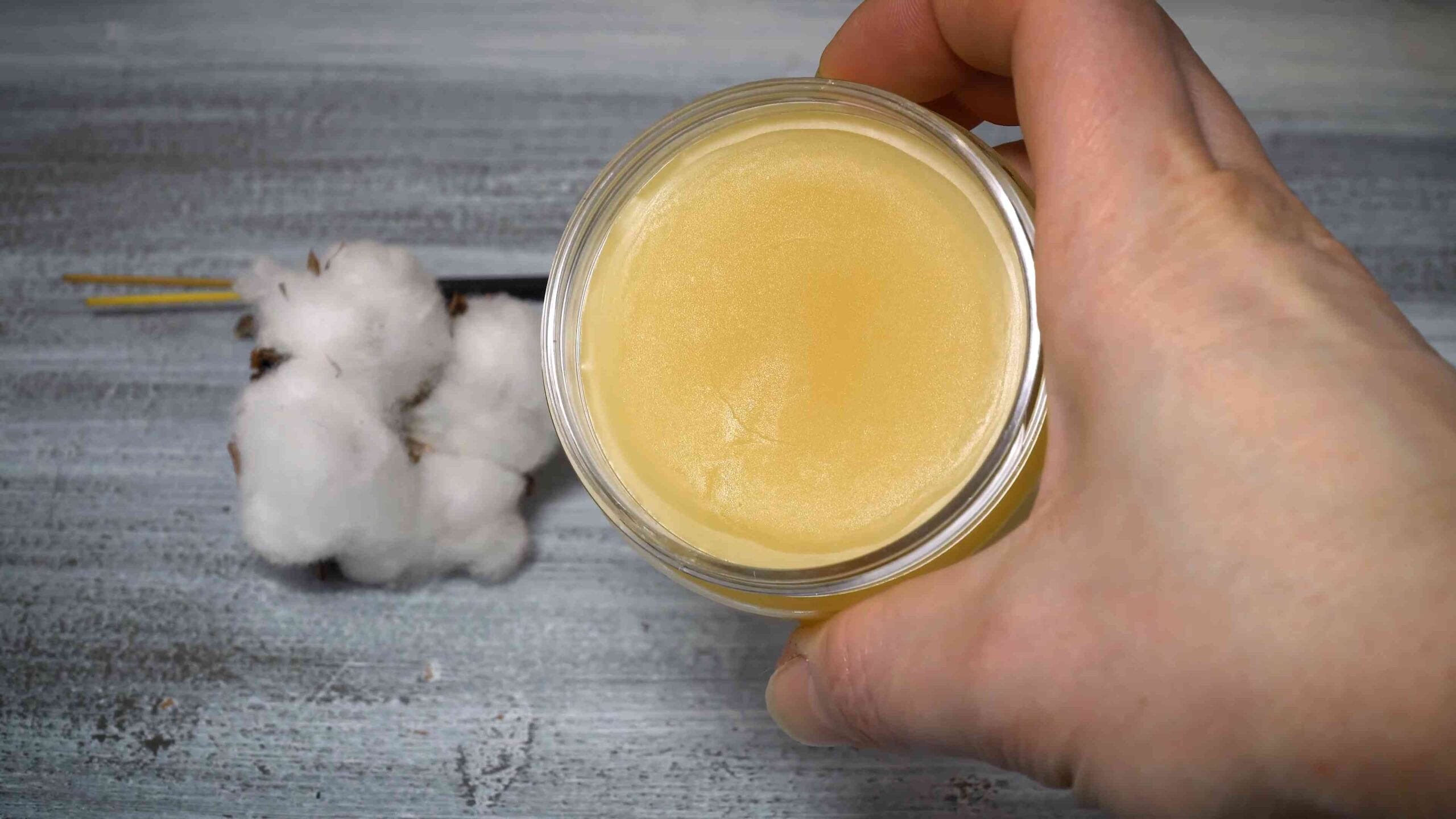
DIY Beard Balm: Tame Your Mane Like a Pro
Alright, fellas, let’s talk beard balm. That magical concoction that transforms a wild, unruly beard into a soft, manageable masterpiece. You could shell out big bucks for fancy brands, or… you could make your own! And trust me, it’s way easier (and more satisfying) than you think. I’m going to walk you through my favorite beard balm recipe, step-by-step, so you can whip up a batch that’s perfectly tailored to your beard’s needs.
What You’ll Need: The Ingredient Rundown
Before we dive in, let’s gather our supplies. This recipe is all about natural ingredients that nourish and condition your beard. Here’s what you’ll need:
* **Beeswax:** This is the backbone of your balm, providing hold and structure. I recommend using cosmetic-grade beeswax pellets – they’re easier to measure and melt.
* **Shea Butter:** This is your moisturizing powerhouse! Shea butter is incredibly rich and helps soften even the coarsest beard hair. Unrefined shea butter retains more of its natural benefits, but refined shea butter is less likely to have a strong scent.
* **Carrier Oil(s):** This is where you can really customize your balm. Carrier oils provide essential fatty acids and help distribute the other ingredients. I like to use a blend of a few different oils for maximum benefits. Here are some of my favorites:
* **Jojoba Oil:** This oil is very similar to the natural sebum produced by your skin, making it easily absorbed and non-greasy.
* **Argan Oil:** Known as “liquid gold,” argan oil is packed with antioxidants and vitamins that promote healthy hair growth and add shine.
* **Sweet Almond Oil:** A lightweight oil that’s great for moisturizing and softening the beard.
* **Coconut Oil:** Solid at room temperature, coconut oil adds a bit of extra hold and a lovely scent (if you use unrefined). Be careful not to use too much, as it can sometimes feel a bit greasy.
* **Grapeseed Oil:** A light and easily absorbed oil, great for all beard types.
* **Essential Oils (Optional):** This is where you can add your signature scent! Essential oils also have therapeutic properties, so choose ones that align with your desired effects. Some popular choices include:
* **Cedarwood:** A warm, woody scent that’s grounding and masculine.
* **Sandalwood:** A rich, exotic scent that’s both calming and uplifting.
* **Peppermint:** A refreshing and invigorating scent that can also help stimulate hair growth. Use sparingly, as it can be irritating to sensitive skin.
* **Tea Tree:** An antiseptic and anti-inflammatory oil that can help combat beard dandruff and acne.
* **Lavender:** A calming and relaxing scent that can also help soothe irritated skin.
* **Citrus Oils (Orange, Lemon, Grapefruit):** Bright and uplifting scents. Be aware that citrus oils can make your skin more sensitive to the sun, so use them with caution if you’ll be spending time outdoors.
* **Containers:** You’ll need something to store your finished balm in. Small tins or jars work great. Make sure they’re clean and dry before you start. I usually use 2oz tins.
* **Double Boiler or Heat-Safe Bowl and Saucepan:** For melting the ingredients.
* **Spoon or Spatula:** For stirring.
* **Measuring Spoons or a Kitchen Scale:** For accurate measurements. A kitchen scale is more accurate, especially for beeswax.
The Recipe: My Go-To Beard Balm Blend
This recipe makes approximately 4 ounces of beard balm. You can easily adjust the quantities to make a larger or smaller batch.
* 1 ounce Beeswax
* 1 ounce Shea Butter
* 1 ounce Jojoba Oil
* 0.5 ounce Argan Oil
* 0.5 ounce Sweet Almond Oil
* 15-20 drops Essential Oils (total)
Step-by-Step Instructions: From Ingredients to Awesome Beard Balm
Alright, let’s get down to business! Here’s how to make your own beard balm:
1. **Prepare Your Double Boiler:** If you don’t have a double boiler, you can easily create one by placing a heat-safe bowl over a saucepan filled with about an inch or two of water. Make sure the bottom of the bowl doesn’t touch the water.
2. **Melt the Beeswax:** Add the beeswax to your double boiler or heat-safe bowl. Turn the heat to medium-low and let the beeswax melt completely. This will take a little while, so be patient. Stir occasionally to help it along.
3. **Add the Shea Butter:** Once the beeswax is completely melted, add the shea butter. Stir until the shea butter is also completely melted and the mixture is smooth.
4. **Incorporate the Carrier Oils:** Remove the double boiler from the heat. Add the jojoba oil, argan oil, and sweet almond oil to the melted beeswax and shea butter mixture. Stir well to combine.
5. **Let it Cool Slightly:** Allow the mixture to cool for a few minutes. This will prevent the essential oils from evaporating when you add them.
6. **Add the Essential Oils:** Now it’s time to add your essential oils! Start with 15 drops and stir well. Smell the mixture and add more drops, one at a time, until you reach your desired scent strength. Remember, a little goes a long way!
7. **Pour into Containers:** Carefully pour the melted beard balm into your containers.
8. **Let it Cool and Harden:** Allow the beard balm to cool and harden completely at room temperature. This will take several hours, or you can speed up the process by placing the containers in the refrigerator for about an hour.
9. **Enjoy Your Awesome Beard Balm!** Once the balm is completely hardened, it’s ready to use.
Tips and Tricks for Beard Balm Perfection
* Adjust the Beeswax for Hold: If you want a stronger hold, add a little more beeswax. If you want a softer balm, use a little less.
* Experiment with Carrier Oils: Don’t be afraid to try different carrier oils to find the perfect blend for your beard.
* Choose Essential Oils Wisely: Consider the scent and therapeutic properties of the essential oils you choose.
* Don’t Overheat the Ingredients: Overheating can damage the beneficial properties of the ingredients. Keep the heat on medium-low and stir frequently.
* Store Your Beard Balm Properly: Store your beard balm in a cool, dark place to prevent it from melting or going rancid.
* Test on a Small Area First: If you have sensitive skin, test a small amount of the balm on your skin before applying it to your entire beard.
Using Your Homemade Beard Balm: A Quick Guide
Now that you’ve got your awesome beard balm, here’s how to use it:
1. **Scoop a Small Amount:** Use your finger to scoop out a small amount of balm. Start with a pea-sized amount and adjust as needed.
2. **Rub Between Your Palms:** Rub the balm between your palms to warm it up and melt it slightly.
3. **Apply to Your Beard:** Work the balm into your beard, starting at the roots and working your way to the ends. Make sure to distribute the balm evenly throughout your beard.
4. **Style as Desired:** Use a beard comb or brush to style your beard as desired.
5. **Enjoy Your Soft, Manageable Beard!**
Troubleshooting: Common Beard Balm Issues and How to Fix Them
* **Balm is Too Hard:** If your balm is too hard, it’s likely due to too much beeswax. Next time, reduce the amount of beeswax slightly. You can also try adding a little more carrier oil to soften it up.
* **Balm is Too Soft:** If your balm is too soft, it’s likely due to not enough beeswax. Next time, add a little more beeswax.
* **Balm is Greasy:** If your balm feels greasy, it could be due to using too much coconut oil or other heavy oils. Next time, reduce the amount of these oils and use more lightweight oils like jojoba or grapeseed oil.
* **Balm Has a Strong Scent:** If the scent of your balm is too strong, you’ve likely used too much essential oil. Next time, start with fewer drops and add more gradually until you reach your desired scent strength.
* **Balm is Irritating My Skin:** If your balm is irritating your skin, you may be allergic to one of the ingredients. Discontinue use and try a different recipe with different ingredients.
Customizing Your Beard Balm: Tailoring it to Your Needs
The beauty of making your own beard balm is that you can customize it to perfectly suit your beard’s needs. Here are some ideas:
* **For Dry Beards:** Add more moisturizing oils like argan oil, shea butter
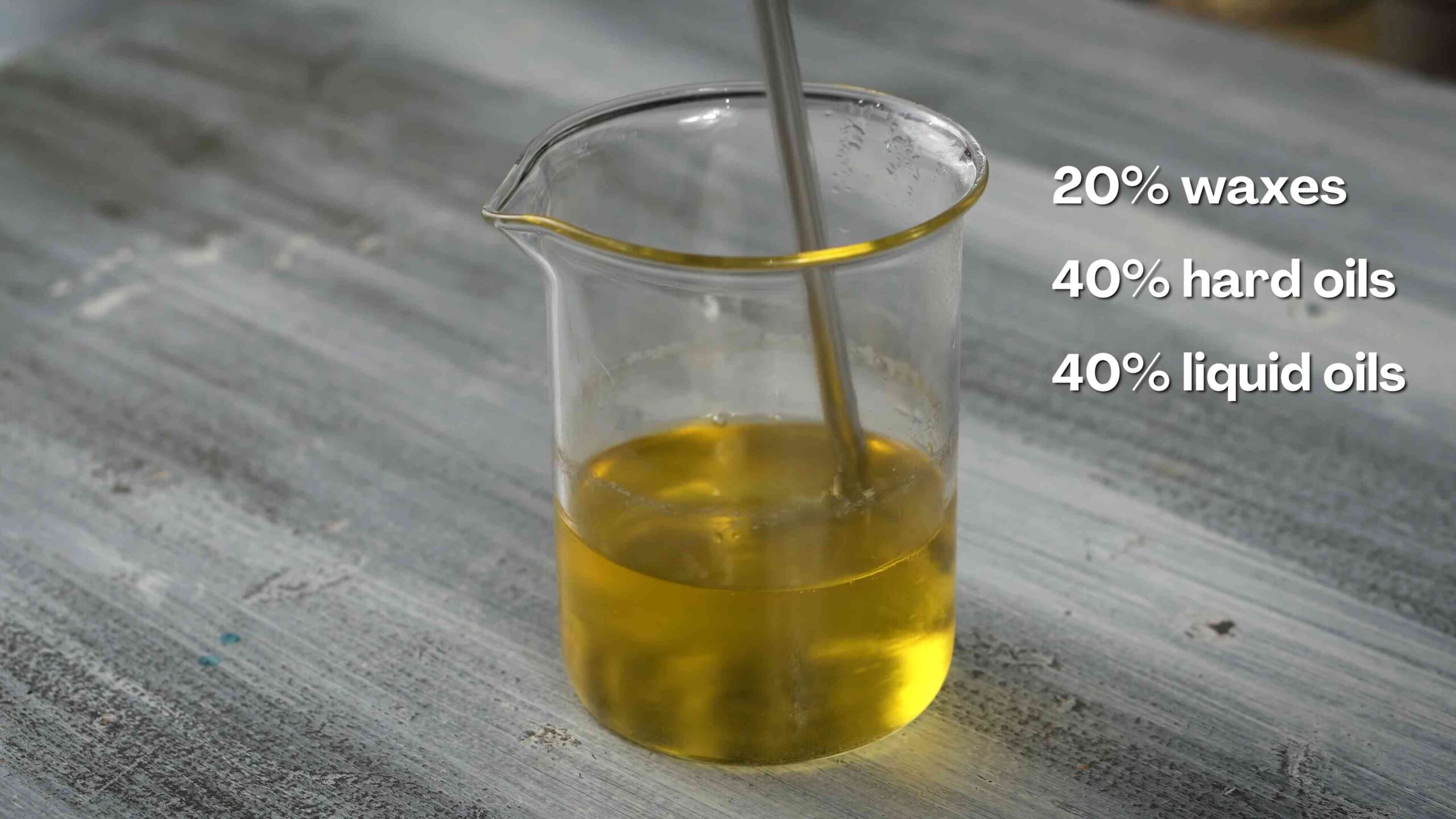
Conclusion
So, there you have it! Crafting your own DIY beard balm isn’t just a fun project; it’s a game-changer for your beard care routine. Forget shelling out big bucks for store-bought products packed with questionable ingredients. This simple, customizable recipe empowers you to take control of what you’re putting on your face, ensuring a healthy, happy, and impeccably styled beard.
Why is this a must-try? Because it’s effective, economical, and entirely tailored to your specific needs. You get to choose the carrier oils that best suit your skin type – perhaps argan oil for its moisturizing properties, jojoba oil for its similarity to your skin’s natural sebum, or sweet almond oil for its lightweight feel. The essential oils allow you to create a scent profile that’s uniquely you, from the invigorating freshness of peppermint and tea tree to the warm, woody notes of cedarwood and sandalwood.
But the customization doesn’t stop there! Experiment with different ratios of beeswax, shea butter, and carrier oils to achieve your desired hold and consistency. Want a balm with a lighter hold for everyday styling? Reduce the amount of beeswax. Need something with serious staying power for taming unruly hairs? Increase it slightly. You can even add a touch of lanolin for extra moisture or vitamin E oil for its antioxidant benefits.
Consider these variations to elevate your DIY beard balm even further:
* Spiced Citrus Balm: Infuse your carrier oils with orange and cinnamon sticks for a warm, festive scent. Strain before adding the beeswax and shea butter.
* Cooling Eucalyptus Balm: Add a few drops of eucalyptus and peppermint essential oils for a refreshing balm perfect for hot weather.
* Woodland Wonder Balm: Combine cedarwood, pine, and fir needle essential oils for a grounding, earthy aroma.
* Sensitive Skin Soother: Opt for unscented carrier oils and skip the essential oils altogether, or use chamomile or lavender essential oil in very small quantities.
The beauty of this DIY beard balm recipe lies in its flexibility. Don’t be afraid to experiment, tweak, and adjust until you find the perfect formula that works for you. The process is just as rewarding as the end result.
We wholeheartedly encourage you to give this DIY beard balm a try. It’s a small investment of time and effort that yields significant returns in terms of beard health, style, and overall confidence. Once you experience the difference that a personalized, all-natural balm can make, you’ll never go back to store-bought again.
And most importantly, we want to hear about your experience! Share your creations, variations, and tips in the comments below. Let’s build a community of beard enthusiasts who are passionate about crafting their own high-quality grooming products. Your insights could inspire others to embark on their own DIY beard balm journey. So go ahead, get creative, and let your beard flourish!
Frequently Asked Questions (FAQ)
What exactly is beard balm, and why should I use it?
Beard balm is a leave-in conditioner and styling agent for your beard. It typically contains a blend of carrier oils, butters (like shea butter), and beeswax. The carrier oils moisturize and nourish the beard hair and underlying skin, preventing dryness, itchiness, and beard dandruff. The butters add a layer of protection and help to soften the beard, while the beeswax provides hold and control, allowing you to shape and style your beard. Using beard balm regularly can result in a softer, healthier, and more manageable beard. It also helps to tame flyaways and give your beard a fuller, more polished appearance.
What are the best carrier oils to use in my DIY beard balm?
The best carrier oils depend on your skin type and desired results. Some popular options include:
* Jojoba Oil: Closely resembles the skin’s natural sebum, making it easily absorbed and suitable for all skin types. It’s moisturizing, non-comedogenic (won’t clog pores), and helps to balance oil production.
* Argan Oil: Rich in antioxidants and essential fatty acids, argan oil is deeply moisturizing and helps to repair damaged hair. It’s particularly beneficial for dry or brittle beards.
* Sweet Almond Oil: A lightweight oil that’s easily absorbed and provides excellent hydration. It’s also rich in vitamin E, which helps to protect the skin from damage.
* Coconut Oil: Highly moisturizing and adds shine to the beard. However, it can be comedogenic for some people, so use it sparingly if you have oily or acne-prone skin.
* Grapeseed Oil: A light, non-greasy oil that’s rich in antioxidants. It’s easily absorbed and helps to strengthen the hair follicles.
Experiment with different oils to find the ones that work best for your beard and skin. You can also combine multiple oils for a synergistic effect.
What essential oils are good for beard balm, and how much should I use?
Essential oils add fragrance and therapeutic benefits to your beard balm. Some popular choices include:
* Cedarwood: A warm, woody scent that’s grounding and masculine. It’s also believed to promote hair growth.
* Sandalwood: A rich, creamy scent that’s calming and soothing. It’s also known for its anti-inflammatory properties.
* Peppermint: A refreshing, invigorating scent that can help to stimulate circulation and promote hair growth.
* Tea Tree: An antiseptic and anti-inflammatory oil that can help to treat beard dandruff and acne.
* Lavender: A calming and relaxing scent that can help to reduce stress and promote sleep.
* Eucalyptus: A refreshing, decongestant scent that can help to clear the sinuses and relieve congestion.
Start with a low concentration of essential oils (around 1-3% of the total volume) and adjust to your preference. A good starting point is 5-15 drops of essential oil per ounce of beard balm. Always perform a patch test before applying the balm to your entire beard to check for any allergic reactions.
How do I adjust the hold of my DIY beard balm?
The hold of your beard balm is primarily determined by the amount of beeswax you use. To increase the hold, add more beeswax. To decrease the hold, reduce the amount of beeswax. Start with small adjustments (e.g., 1/4 teaspoon at a time) and test the balm after each adjustment until you achieve your desired hold.
How do I store my DIY beard balm?
Store your beard balm in an airtight container in a cool, dark place. This will help to prevent the oils from going rancid and the essential oils from losing their potency. A small tin or jar is ideal. Properly stored, your beard balm should last for several months.
My beard balm is too hard/soft. How can I fix it?
If your beard balm is too hard, it likely contains too much beeswax. Gently melt the balm in a double boiler or microwave (in short intervals) and add more carrier oil to soften it. If your beard balm is too soft, it likely doesn’t contain enough beeswax. Melt the balm and add more beeswax to harden it. Remember to make small adjustments and test the balm after each adjustment.
Can I use this recipe to make beard oil instead of beard balm?
Yes, you can adapt this recipe to make beard oil. Simply omit the beeswax and shea butter. You’ll be left with a blend of carrier oils and essential oils. Beard oil is lighter than beard balm and provides less hold, but it’s still a great way to moisturize and condition your beard.
Is it safe to use essential oils on my face?
Essential oils are highly concentrated and can be irritating to the skin if used undiluted. Always dilute essential oils in a carrier oil before applying them to your face. Perform a patch test before applying the balm to your entire beard to check for any allergic reactions. If you have sensitive skin, start with a very low concentration of essential oils or skip them altogether.
How often should I use beard balm?
The frequency of beard balm application depends on your beard type and personal preference. Most people find that applying beard balm once or twice a day is sufficient. Apply it after showering or washing your face, when your beard is still slightly damp. This will help to lock in moisture and keep your beard hydrated throughout the day.
Can I use this DIY beard balm on my mustache?
Absolutely! Beard balm is also excellent for styling and conditioning your mustache. Use a small amount and work it into your mustache with your fingers or a mustache comb.


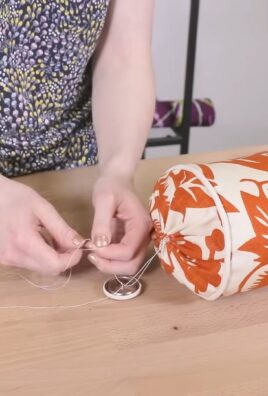
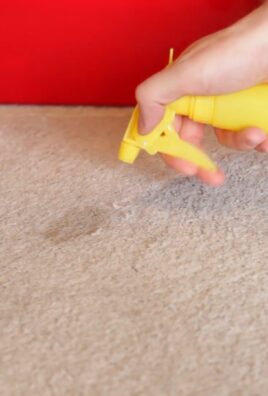
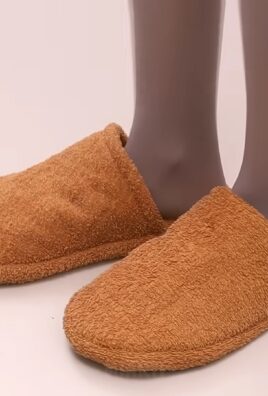
Leave a Comment